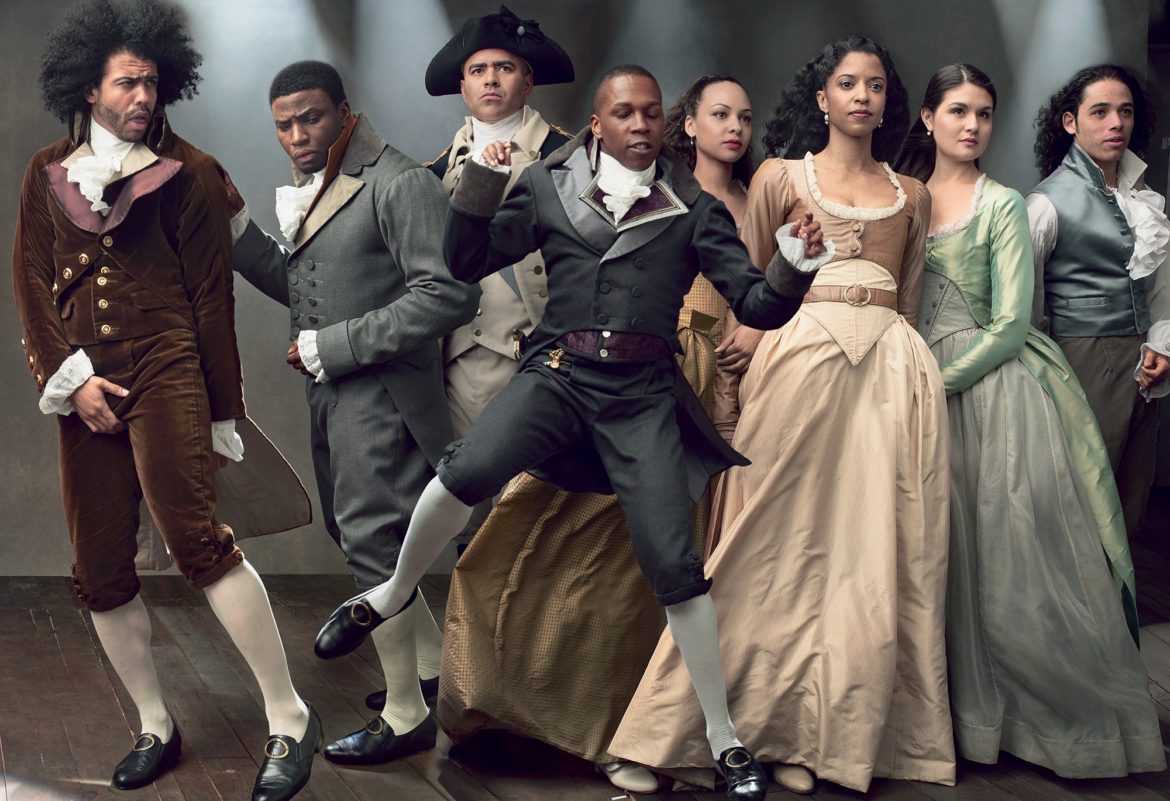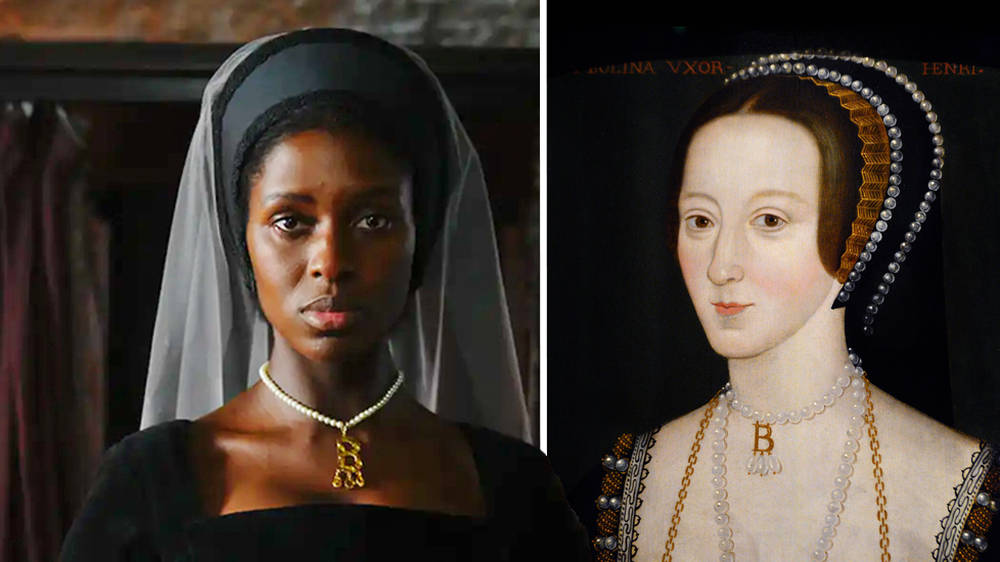You’re reading part 2 of our 4-part series on adapting Lin-Manuel Miranda’s “Hamilton” for television. Read part 1 here!
Continuing our discussion on how to film our version of Hamilton, this article will focus on our approach to casting. As a history buff, I would normally want a film adaptation to visually represent a time period and setting as much as possible. This no doubt leads to a big question that concerns me, do I want our characters to actually look like their historical counterparts or should they reflect the theme of the play? Part of Hamilton‘s genius on stage was how it used its diverse cast to serve an artistic purpose – rather than some recent period stories (which we name here), which can dip a bit too far into tokenism by simply using their cast as a diversity & inclusion checklist.
Where Hamilton stands apart from these less tactful attempts is its artistic use of juxtaposition for its race-flipped roles. While the cast composition has changed around since Lin-Manuel’s original vision, the cast’s color palette has remained relatively consistent. Most founding fathers are continued to be cast as black roles as an ironic flip, as most founding fathers were stereotypical “WASP” white businessmen, the majority of whom owned African slaves. Hamilton himself is subject to a wandering complexion, as the play makes constant references the fact that Hamilton was himself an immigrant – being born in the Caribbean Leeward Islands and ultimately immigrating in 1772. The only consistently white character we see cast is King George III because he represents the established hierarchy America breaks away from. There may also be something to say about demographics playing into your talent pool when most of your musical numbers involve some degree of aptitude towards rap/hip-hop; but the fact remains that this was an artwork envisioned from the ground-up as an artistic re-telling of a story for modern America, rather than a faithful and painstakingly accurate documentation of a historic era.
The intent of Hamilton from day 1 was to put a modern twist on old American history.
So what does this mean for our version?
So in terms of our adaptation, we are sticking to the spirit of the original play and sticking with a diverse cast for our more in-depth series. As for the specific casting choices, while it would undoubtedly make for a great “Dreamcast” article in our future, we’re unfortunately quite clueless when it comes to naming relevant and qualified musical theater talent. With the Broadway cast(s) giving us a tough act to follow, it is critical we find actors who can both act, sing, and rap as necessary.
Of course, one might think of getting some of the original cast on board. Believe me, there are a few names (including Lin-Manual Miranda himself) I would love to bring back in some capacity. However, I wouldn’t be picking any original cast members just to play their roles again (we also think this is cheating and makes our jobs too easy). For this vision, we believe it best to find relatively new faces to play the main characters. This requires people with experience doing Broadway and television. Finding people with both stage and screen performance experience is important because, as we’ve mentioned in part 1, what works on a stage doesn’t always work on camera.
“BuT WhAT AbOUt mUH HisTORiCAL accurACy?!?!?”
It is important to address that even as a writing team of straight/cis white males (aka “the devil”), we are strong supporters of diversity in film and media. We are also massive sticklers when it comes to representing history accurately (creative license is cool, lies are not). It all comes down to the proper context of what these projects are supposed to be. If a film is set in modern times having numerous diverse cast members makes perfect sense. The same can go with certain fantasies since they are not bound by the laws of reality – if they can have dragons and wizards, they can bend a few races.
Historical films, in contrast, we put under more scrutiny depending on the time period. For example we’ve criticized more recent historical films shoehorning people of color in as characters that were historically homogeneous. BBC/Netflix’s Troy: Fall of a City received a lot of controversy for casting Achilles and numerous side characters as black roles. While on the surface, this would appear to be BBC checking off a diversity checklist, we ironically find their show more guilty of white-washing (think that’s controversial? read our extended take here). For films that are trying to present history they are ultimately end up undermining their own credibility.

History in the media has always presented its own league of challenges. Should history be presented truthfully? Of course! At the same time, in order to tell this story that’s been taught over and over again, It’s always important to be open to an artistic choice if it’s meant to fit a film/play’s theme. Hamilton’s theme is about the legacy that this country has become – a nation of immigrants dedicated to common ideals. The important thing is that if a movie makes it very clear from the start that it’s not does not take place in our sacred timeline, then it’s free to take whatever creative direction they are free to cast anyone whoever they so please.
There is one other idea that can bridge the historical purist and the revisionist camps – Instead of having it set in a “what-if?” fantasy 1776 where racism wasn’t a thing, have it set in an alternative version of modern times, ala Romeo + Juliet (1996). This way, casting would be more appropriate and even the rap numbers wouldn’t feel out of place. To top it all off, it would be great having our King George III resemble Boris Johnson or whichever British head-of-state we feel won’t sanction us.
Moving on…
Alright, with that elephant of the room about casting out of the way, how do we want to style this? Campy as heck? semi-serious? Animated and bright? Something something Schoolhouse Rock?
Continued in Part 3 – Look, Style, and Feels.







2 thoughts on “Hamilton 2.0: Balancing Diversity, Accuracy, and Style”
Comments are closed.